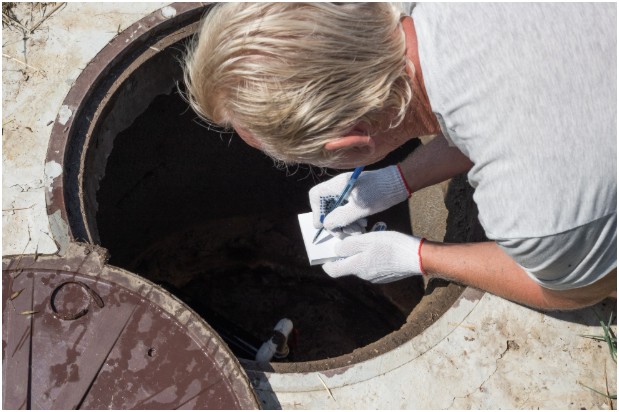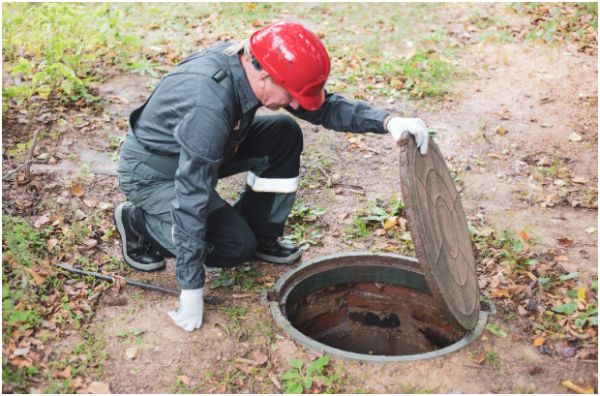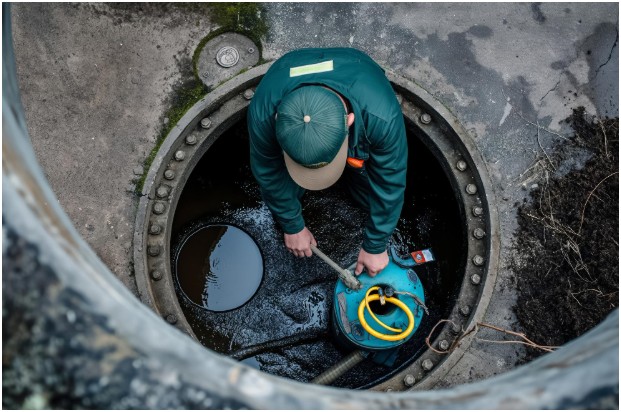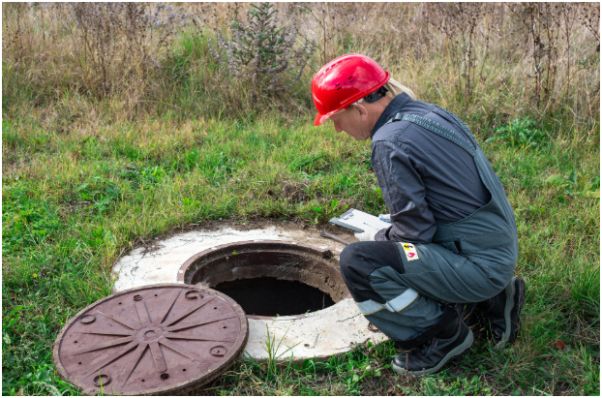I’ll never forget the summer my backyard turned into what I lovingly refer to now as “The Marshland Incident.” Picture it: a 90-degree day, my kids running through sprinklers, and suddenly—bam—the most horrifying smell wafting through the air.
We thought it was a dead animal.
Turns out, it was something much worse: a neglected septic tank that hadn’t been inspected in (gulp) almost five years.
Yep, the drain field had backed up, the tank was overfilled, and my favorite garden bed was slowly becoming a biohazard.
That was my wake-up call. And it’s exactly why I’m here to talk about something unglamorous but totally essential: septic tank inspection.
What Is a Septic Tank Inspection, Really?

Let’s break it down: a septic tank inspection is like a full-body physical for your home’s underground wastewater system.
It checks to ensure everything is flowing, breaking down, and draining properly, without leaks, clogs, or impending disasters.
There are typically two types of inspections:
- Visual Inspections, where a professional checks water pressure, looks for pooling, and tests drains
- Full Inspections, where they open the tank, measure sludge levels, and check the baffles, filter, and pump system (if you have one)
This isn’t just a nice-to-have. It’s your first line of defense against costly repairs, surprise backups, and major health risks.
Why Should You Bother With a Septic Tank Inspection?

Let me put it plainly: ignoring your septic system is like skipping oil changes in your car… for five years. You may not notice anything at first, but when it fails, it’s messy, expensive, and avoidable.
A regular septic tank inspection helps you:
- Catch small issues before they turn into big ones
- Avoid raw sewage backup (nobody wants that surprise)
- Protect groundwater, especially if you live near wells
- Extend the life of your entire system
Plus, if you’re selling your home? Most buyers (and lenders) will require a clean bill of health on your septic tank before closing the deal.
How Often Should You Get a Septic Tank Inspection?
Ah, the million-dollar question—and one I used to get wrong. Most experts recommend a full septic tank inspection every 3 years. But that can vary depending on your household size, water usage, and system type.
Here’s a quick cheat sheet:
| Household Size | Inspection Frequency |
| 1–2 people | Every 5 years |
| 3–4 people | Every 3 years |
| 5+ or heavy water use | Every 1–2 years |
If you’re using a garbage disposal or have a home-based business (like daycare or catering), you might want to increase the frequency even more. Better safe than knee-deep in something stinky.
What Do Inspectors Look For?

I used to think septic inspections were just about looking at sludge—gross, right? But there’s a science to it. Inspectors look for:
- Tank levels: How much solid waste, scum, and liquid is inside
- Leach field health: Signs of soggy ground, smells, or backflow
- Baffle condition: These keep solids from clogging the outlet
- Inlet/outlet pipes: Ensuring there are no blockages or leaks
- Pump operation (if applicable): Especially in elevated systems
They’ll often use a tool called a “sludge judge” (yes, that’s real) to measure waste layers. If the sludge and scum occupy over a third of the tank, it’s time to pump.
How to Make the Most of Your Septic Tank Inspection
Begin by locating a certified and experienced professional in your area. Ask for referrals or check state licensing boards. Avoid handymen who claim they “know septic”—this is not the place to cut corners.
Before the inspection, clear any obstructions to the tank lid. If you don’t know where it is, ask the pro to help you locate and mark it for future checks. They’ll conduct a thorough evaluation, document their findings, and recommend pumping if necessary.
Keep a file of your inspection reports. It may seem unnecessary now, but it’s a goldmine when selling your home, applying for refinancing, or troubleshooting future issues.
Bonus tip: Ask your inspector to walk you through the findings. It’s way easier to understand your system when you’re standing over it, not Googling “wet patch over septic tank” at 2 a.m.
FAQ: What People Always Ask About Septic Tank Inspections
Can I inspect my own septic tank?
Technically, yes—but unless you’re trained and have the right tools, it’s risky. You might miss key issues or, worse, damage the system. Plus, opening the tank lid without proper gear is unsafe. Stick with a pro.
Is pumping the same as inspecting?
Nope. Pumping removes waste buildup, but doesn’t evaluate system health. You can pump a failing tank and still have major problems brewing. Think of pumping as cleaning, and inspection as diagnosing.
How much does a septic tank inspection cost?
Most full inspections run between $200 and $500 depending on your location and system complexity. It’s money well spent when you consider repairs can run into the thousands.
What are signs I’ve waited too long to inspect?
Slow drains, unusual gurgling sounds, sewage odors, or standing water near your drain field are all warning signs. If you’re seeing these, call a professional ASAP. Your system might already be compromised.
One Last Flush Before You Go
If there’s one thing I’ve learned from “The Marshland Incident,” it’s this: never assume your septic tank is fine just because everything seems to be flushing. Appearances can be deceiving—and very, very messy.
A septic tank inspection isn’t glamorous, but it’s an act of love—for your home, your family, and yes, even your lawn. So be proactive. Get on a schedule. Keep good records. And don’t wait until your tulips start smelling like trouble.
Here’s to clean systems, peace of mind, and zero backyard swamps.




